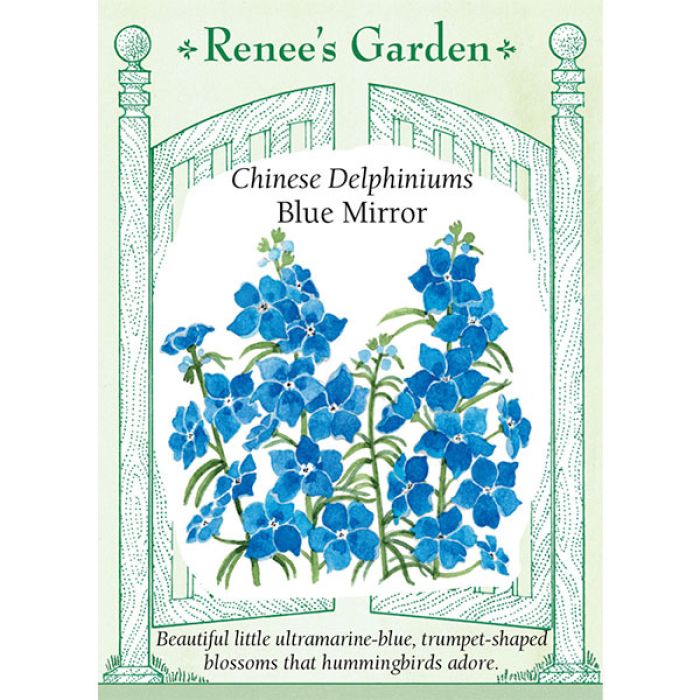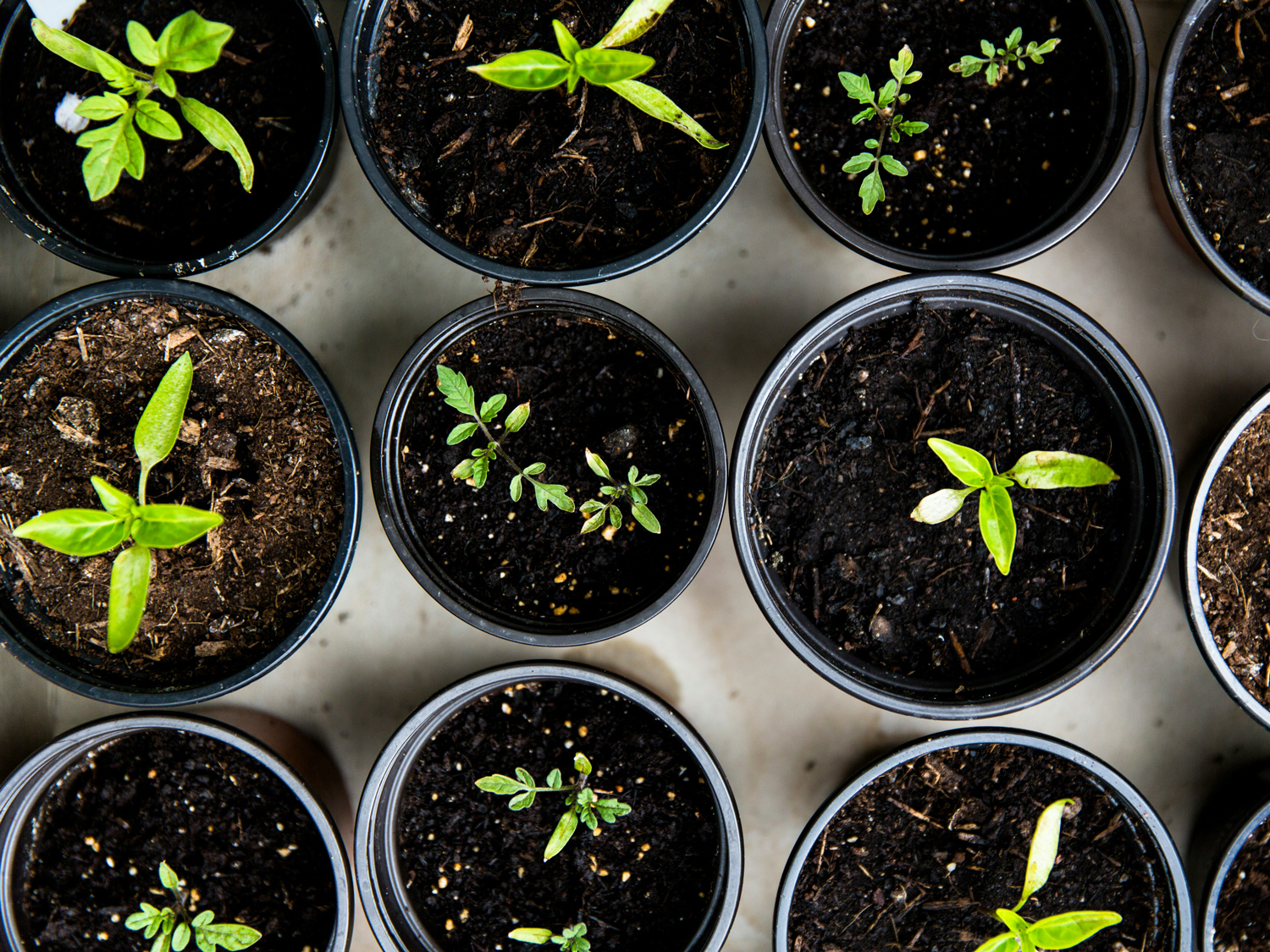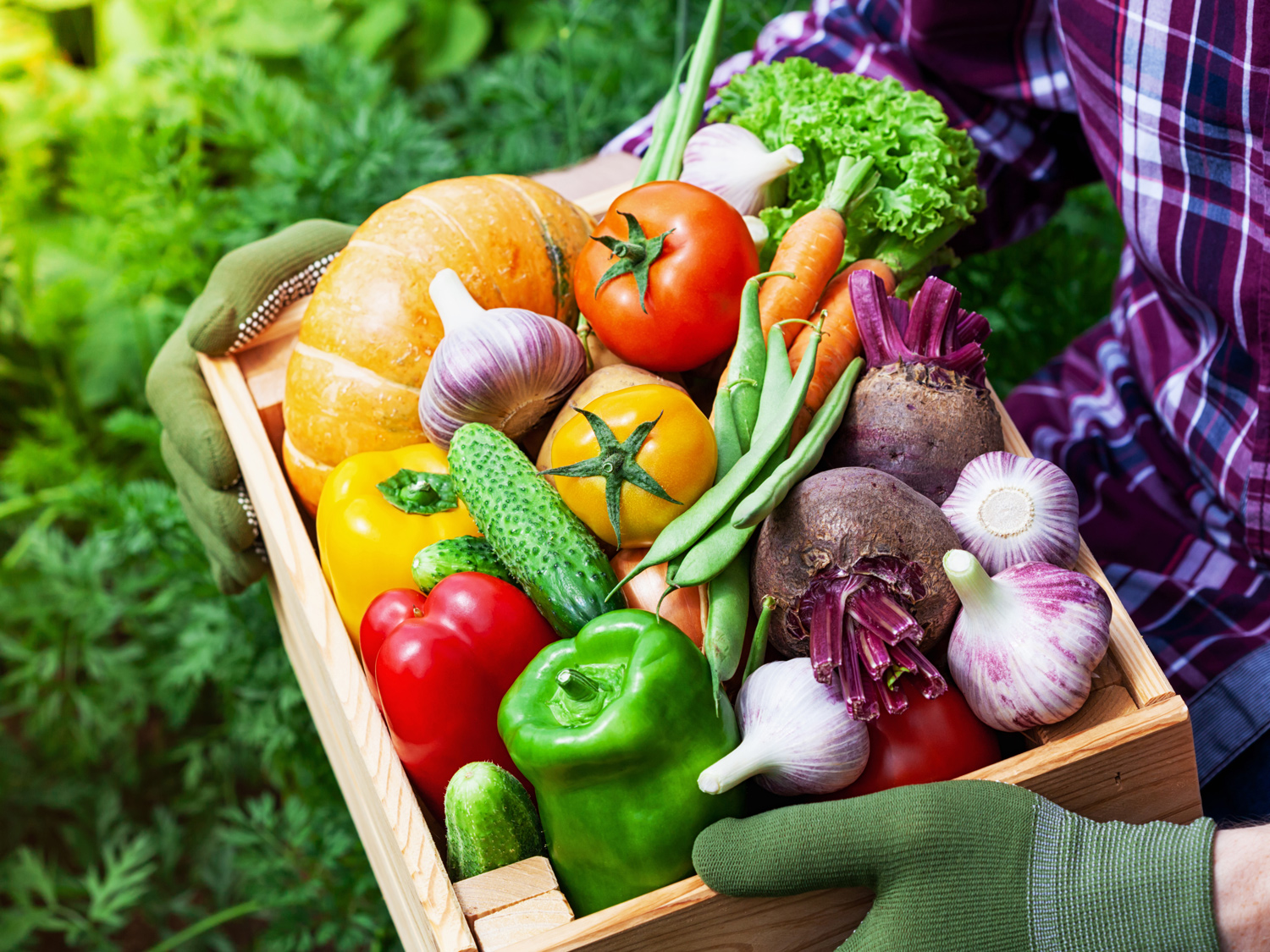Delphinium, Blue Mirror, ~ 45 seeds


Out of stock
Temporarily Out of Stock- Sun Preference
- Full-Sun
- Bloom Time
- Summer, Fall
Description
Delphinium grandiflora
Perennial/Blooms first year
Summer/Fall bloom
Hardy to Zone 3
A butterfly, bee, & hummingbird favorite!
Blue Mirror delphinium has fine textured foliage literally covered in sprays of intensely ultramarine blue little trumpet-shaped florets. The compact lacy plants make a lovely display in the garden and for bouquets. First introduced to England in 1818, this easy-care beauty is known in its native land of China as “Herb of the Flying Swallow.” While it’s well known that hummingbirds zero in on red, they also love true blues like this one for supplies of sweet nectar.
Seed Starting Successfully
Start your garden from scratch with Gertens' wide variety of seed packets! Whether you're a seasoned gardener or just starting out, we have seeds for every skill level and garden size. From colorful flowers to delicious vegetables, our seeds are carefully selected for their quality and performance.
Details
Cold Winters: March - May
Mild Winters: February - April, August - September
Sun/Shade: Full sun
Sow Seeds: 1 inch apart, 1/4 inch deep
Days to Germinate: 21 - 28 days
Mature Height: 18 - 24 inches
START EARLY INDOORS
In spring, 8 to 10 weeks before last expected frost, sow seeds 1 inch apart in a container of seed starting mix. Cover 1/4 inch deep, keep moist and provide a strong light source until seedlings are ready to plant outdoors. Feed seedlings every 2 weeks with half-strength fertilizer. Once large enough to handle, transplant seedlings 3 inches apart into deeper containers so root systems have room to develop. When plants are 3 to 4 inches tall, gradually acclimate to outdoor conditions and transplant 10 to 12 inches apart into a sunny garden spot with well-drained soil.
GROWING NOTES
Sow Blue Mirror in early spring for mid-summer flowers the first year, late spring bloom in subsequent years. Plants can handle more summer heat than the traditional delphinium varieties. Patrol for snails and slugs on new leaves and shoots. When each flush of flower finishes, cut stalks back to plant base to encourage reblooming. Water well and fertilize regularly throughout the growing season. Plants will die back and go dormant in winter. Leave dead foliage until early spring so you know where plants are, but cut the dead branches off at first signs of new spring growth.
More Information
| Brand | Renee's Garden |
|---|---|
| Seed Packet Type | Flowers |
| Common Family Name | Larkspur |
| Sun Preference | Full-Sun |
| Deer Resistant | No |
| Bloom Time | Summer, Fall |
| Plant Life Cycle | Perennial |
| Mature Height (Range) | 13" - 24" |
| Spacing in Row | 1", thin/transplant to 10-12" |
| Planting Depth | 1/4" |
| Days to Germination | 21-28 days |


